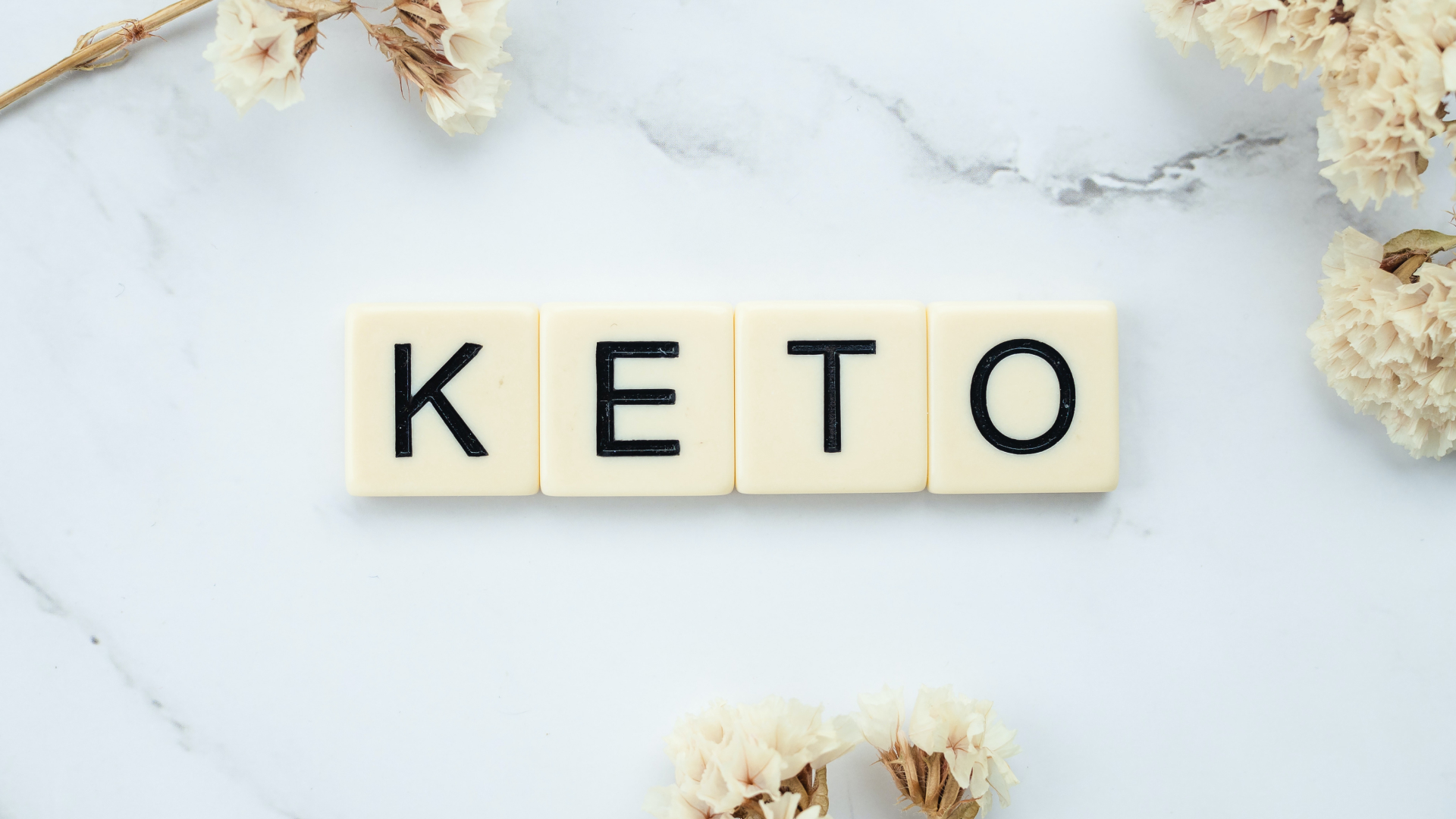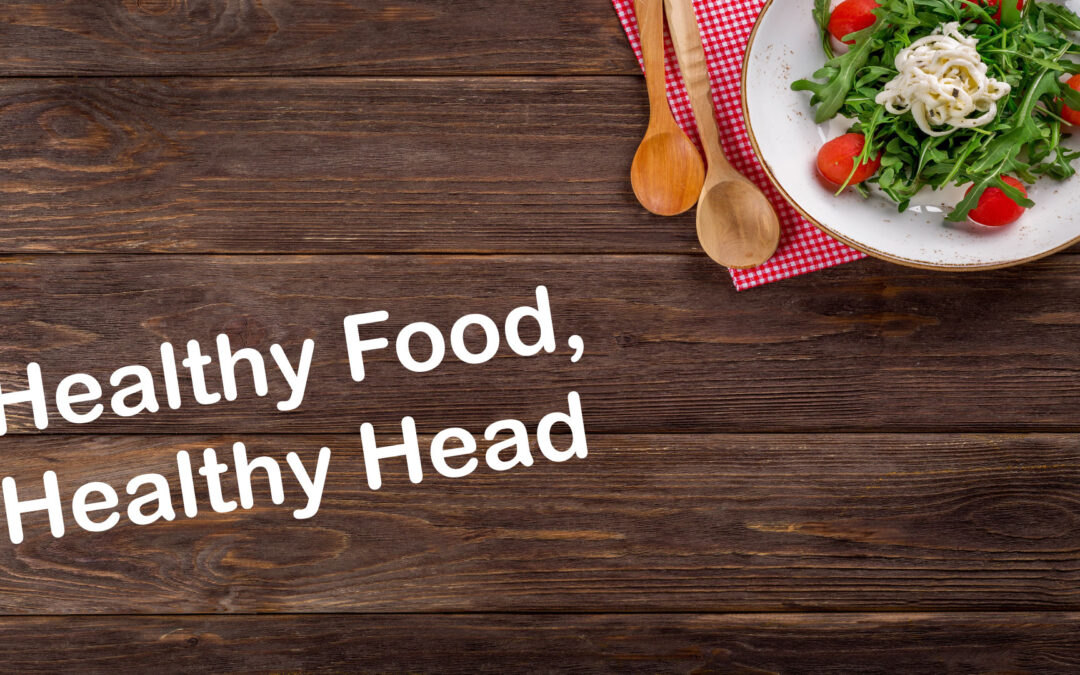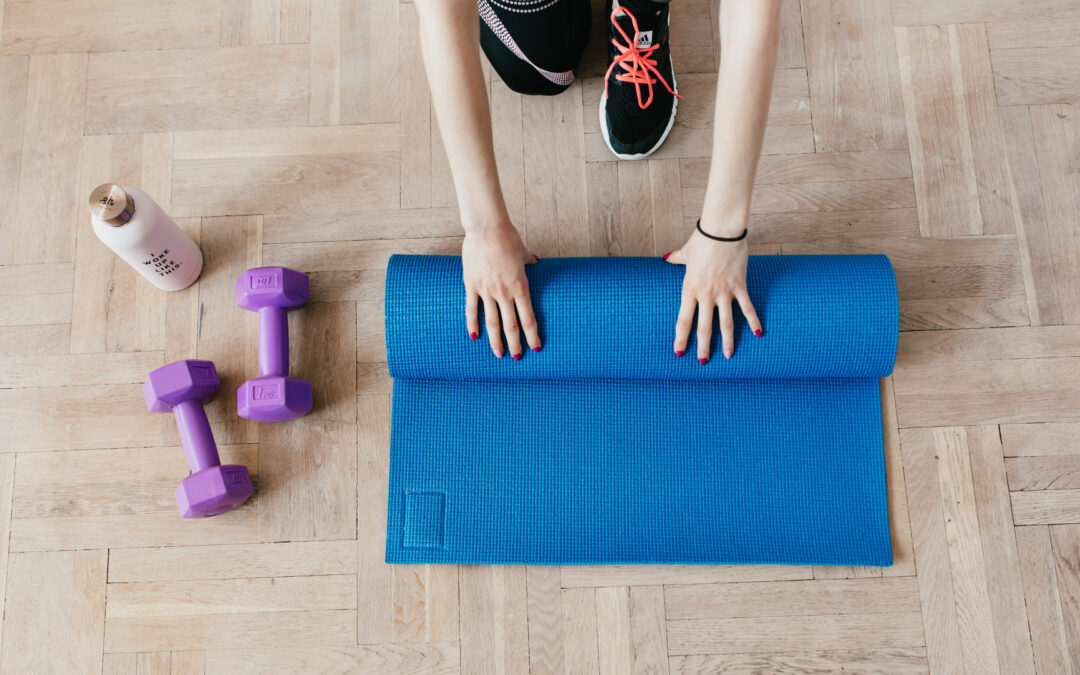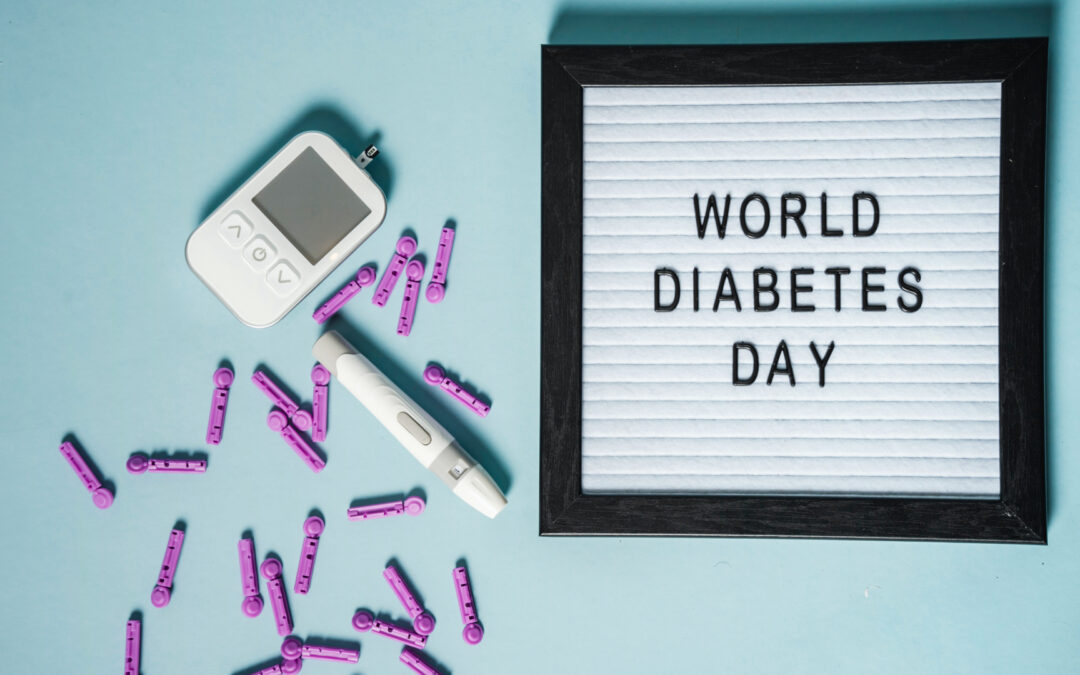The ketogenic or keto diet is a special diet where the amount of carbs is low and the amount of fat is the highest. A regular diet consists of 50 to 60 per cent carbohydrates. However, the amount of this keto diet is 5 to 10 per cent. The normal diet contains 20 to 25 per cent fat whereas this keto contains 75 per cent.
The Keto diet is a low-carbohydrate and high-fat diet, also referred to by many as the “military diet”. The ketogenic diet was first used by ‘Russel Wilder’ to treat epilepsy in 1921. He invented the term ‘ketogenic’ diet. Patients with epilepsy or epilepsy have been allowed to go on ketogenic diets in addition to their medicines since ancient times because ketone bodies are not involved in the body. So, the ketone body can be involved in the right way. Although the Keto diet was introduced for this disease, it has gained popularity in the field of rapid weight loss at the present time.
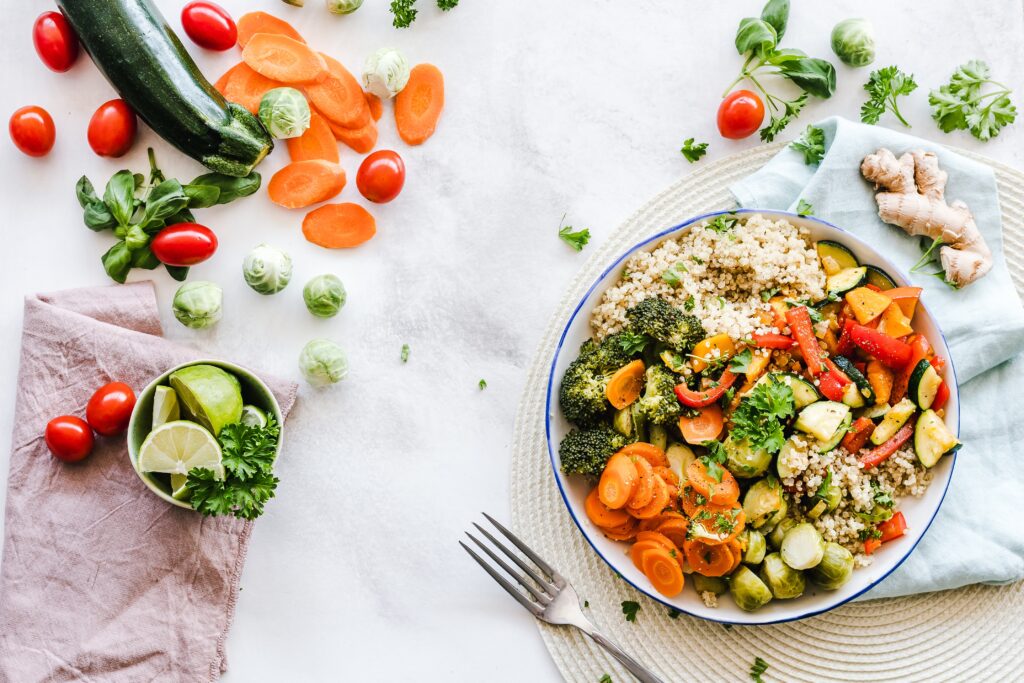
Ketone-body is the sum of three compounds produced during the process of fat metabolism. Two of these compounds, when not eaten, are used by the body as a source of energy instead of carbs. Another is acetone which breaks down in the metabolic process. This diet is quite difficult to follow. Since rice is our main food, it is very difficult to reduce and follow other rules related to the Quito diet.
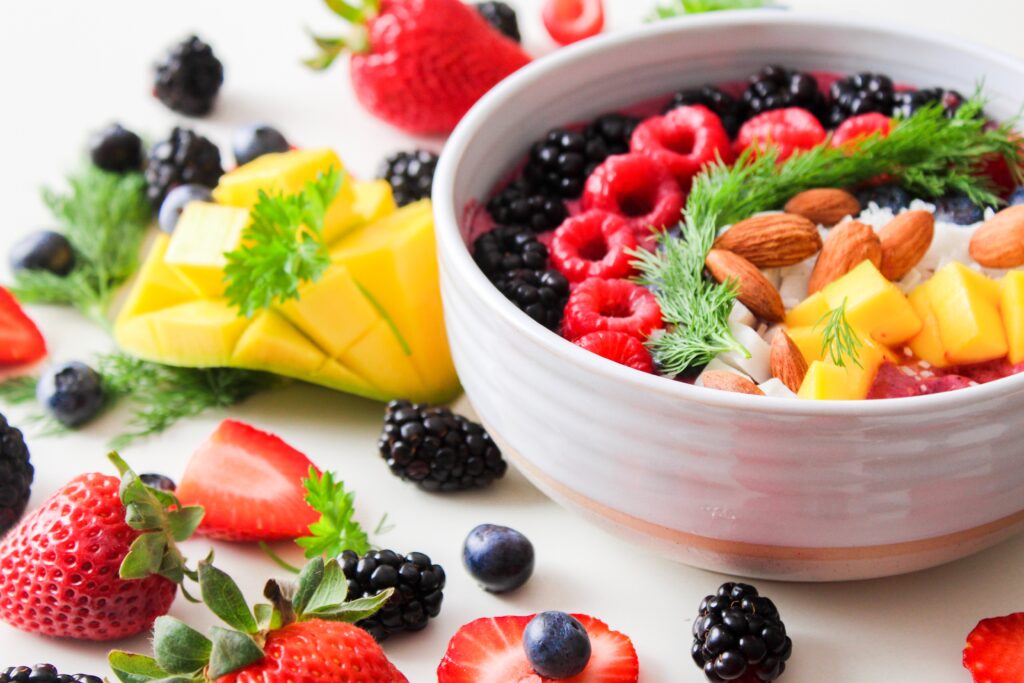
A list of foods you can consume while on a Ketogenic diet is given below:
- Meat: All kinds of red meat, steak, ham, sausage, bacon, chicken, and turkey
- Fish: Salmon, Trout, tuna, and mackerel
- Eggs: pastured or omega-3 whole eggs
- Butter and cream: grass-fed butter and heavy cream
- Cheese: unprocessed cheeses like cheddar, cream, blue, or mozzarella
- Nuts and seeds: almonds, walnuts, flaxseeds, pumpkin seeds, chia seeds, etc.
- Healthy oils: extra virgin vegetable oil, copra oil, and avocado oil
- Avocados: whole avocados or freshly made guacamole
- Low-carb veggies: green veggies, tomatoes, onions, peppers, etc.
- Condiments: salt, pepper, herbs, and spices
- A list of foods that you should avoid altogether on the Keto diet is given below:
- Sugary foods: soda, fruit crush, smoothies, cake, ice cream, candy, etc.
- Grains or starches: wheat-based products, rice, pasta, cereal, etc.
- Fruit: all fruit, except small portions of berries like strawberries
- Beans or legumes: peas, kidney beans, lentils, chickpeas, etc.
- Root vegetables and tubers: potatoes, sweet potatoes, carrots, parsnips, etc.
- Low-fat or diet products: low-fat mayonnaise, salad dressings, and condiments
- Some condiments or sauces: sauce, honey mustard, teriyaki sauce, ketchup, etc.
- Unhealthy fats: processed vegetable oils, mayonnaise, etc.
- Alcohol: beer, wine, liquor, mixed drinks
- Sugar-free diet foods: sugar-free candies, syrups, puddings, sweeteners, desserts, etc.
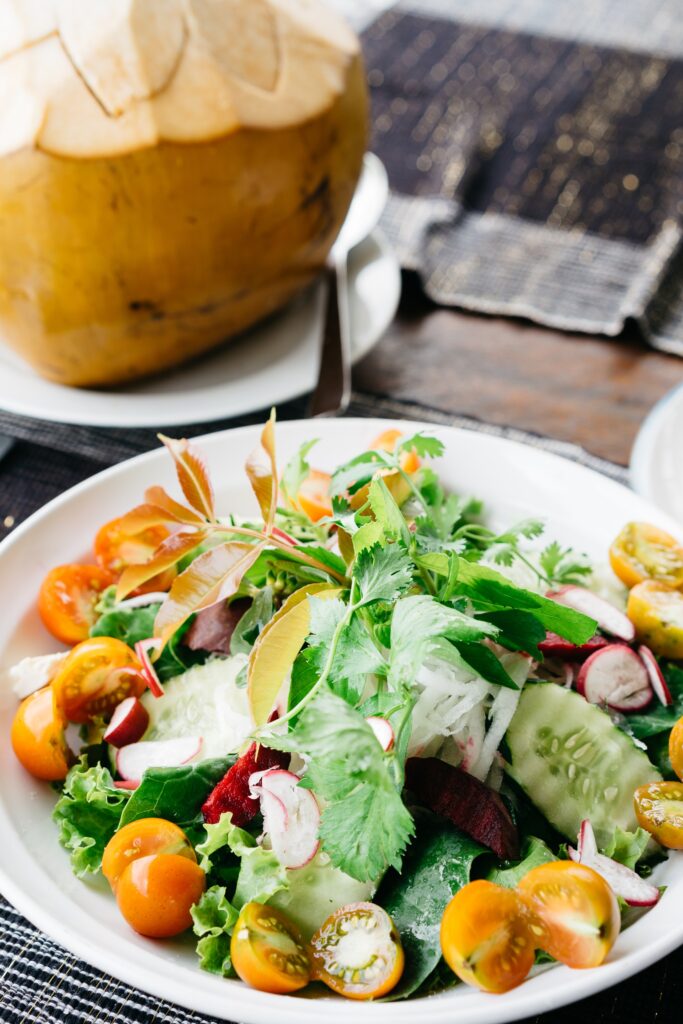
The foremost common and moderately minor short-term side impacts of the ketogenic count calories incorporate a collection of side effects like nausea, vomiting, headache, fatigue, dizziness, insomnia, difficulty in exercise tolerance, and constipation, sometimes mentioned as keto flu. These symptoms resolve in some days to a few weeks. Because of its low carbs content, many diabetics follow this diet, which may work temporarily but may cause long-term harm. At a young age, body fat does not clot too much. So, with a little effort, anyone can reduce excess fat. But nowadays, adolescents have a terrible tendency to lose weight and they want to lose weight by not eating or dieting. If it is necessary to lose excess weight, one can follow the Keto diet with the help and advice of an experienced nutritionist and under the supervision of a nutritionist for a certain period of time.
